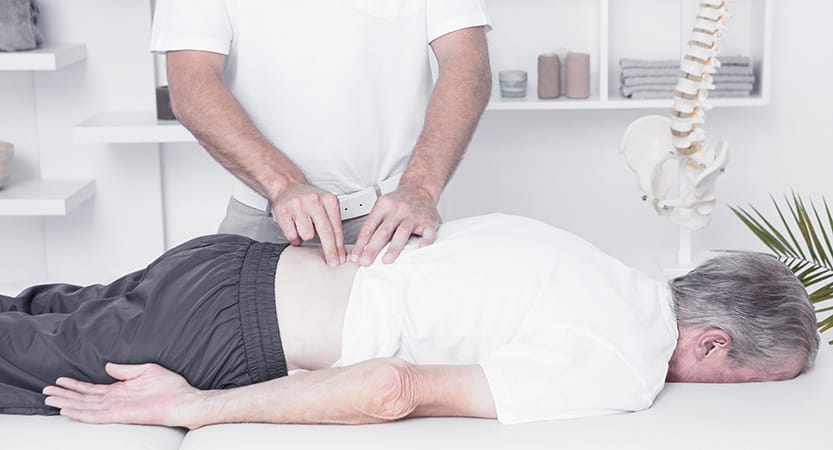
About the Author:
Eli Mead is a registered Osteopathic Manual Practitioner with a diploma from the National Academy of Osteopathy, building on foundational training in massage therapy from the Wellness Education Center. They practice at Kootenay Osteopathy in the West Kootenay Health Cooperative, specializing in holistic osteopathy and movement therapy. Eli has a professional membership with the National Manual Osteopathic Society.





